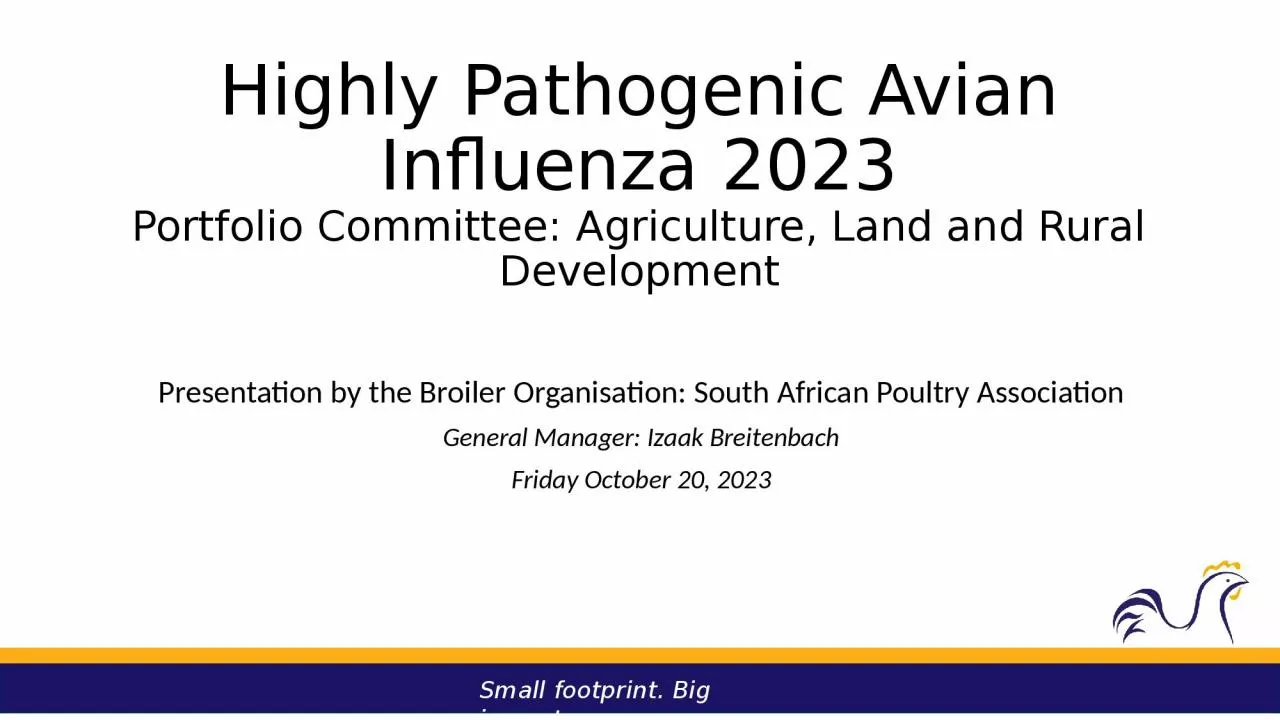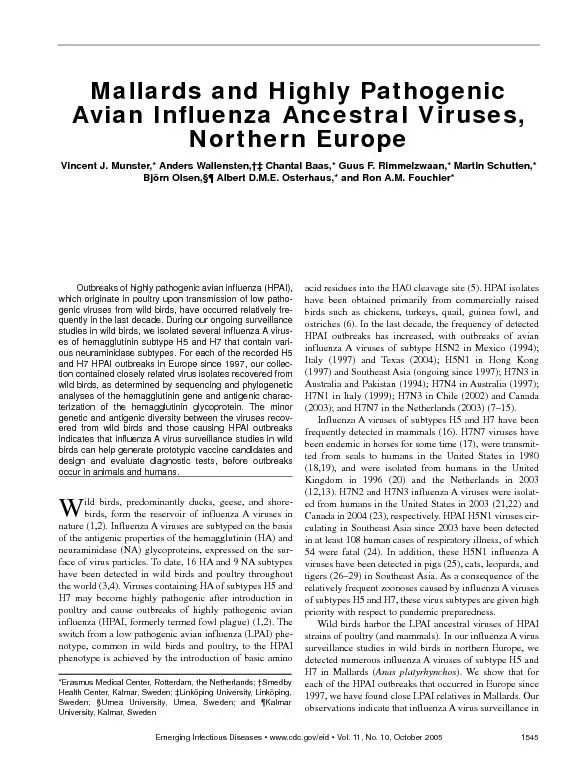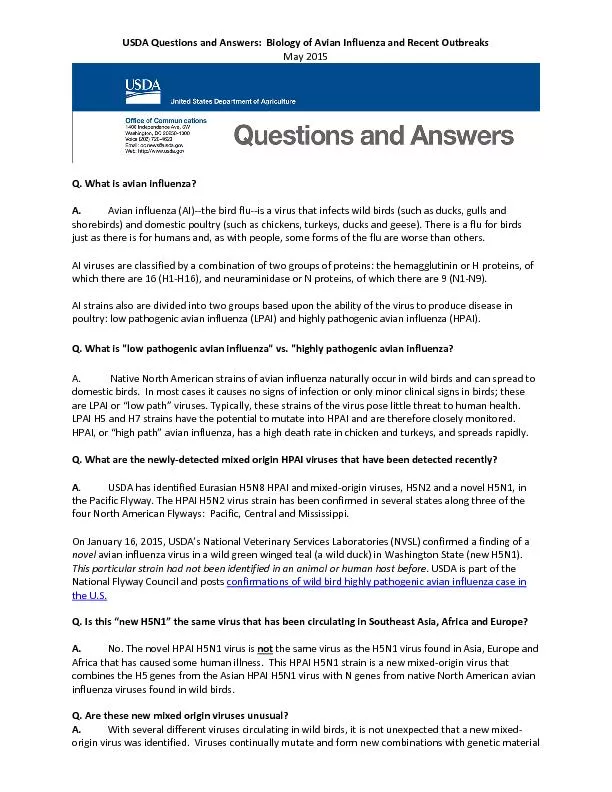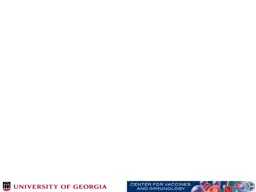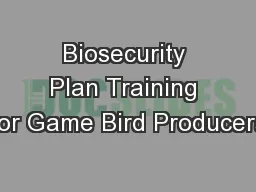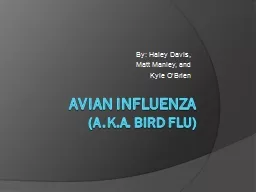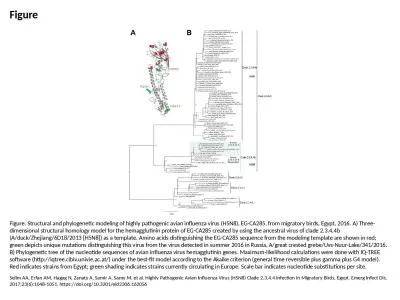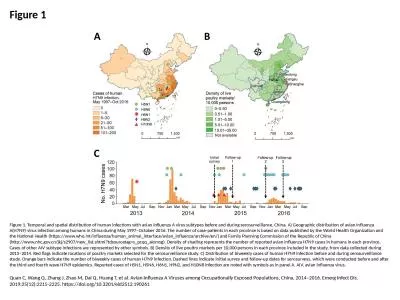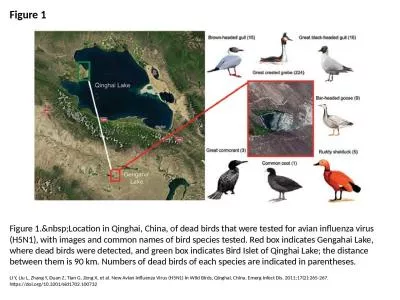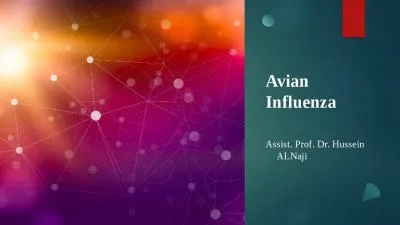PPT-Highly Pathogenic Avian Influenza 2023
Author : tracy | Published Date : 2024-01-13
Portfolio Committee Agriculture Land and Rural Development Presentation by the Broiler Organisation South African Poultry Association General Manager Izaak Breitenbach
Presentation Embed Code
Download Presentation
Download Presentation The PPT/PDF document "Highly Pathogenic Avian Influenza 2023" is the property of its rightful owner. Permission is granted to download and print the materials on this website for personal, non-commercial use only, and to display it on your personal computer provided you do not modify the materials and that you retain all copyright notices contained in the materials. By downloading content from our website, you accept the terms of this agreement.
Highly Pathogenic Avian Influenza 2023: Transcript
Download Rules Of Document
"Highly Pathogenic Avian Influenza 2023"The content belongs to its owner. You may download and print it for personal use, without modification, and keep all copyright notices. By downloading, you agree to these terms.
Related Documents

